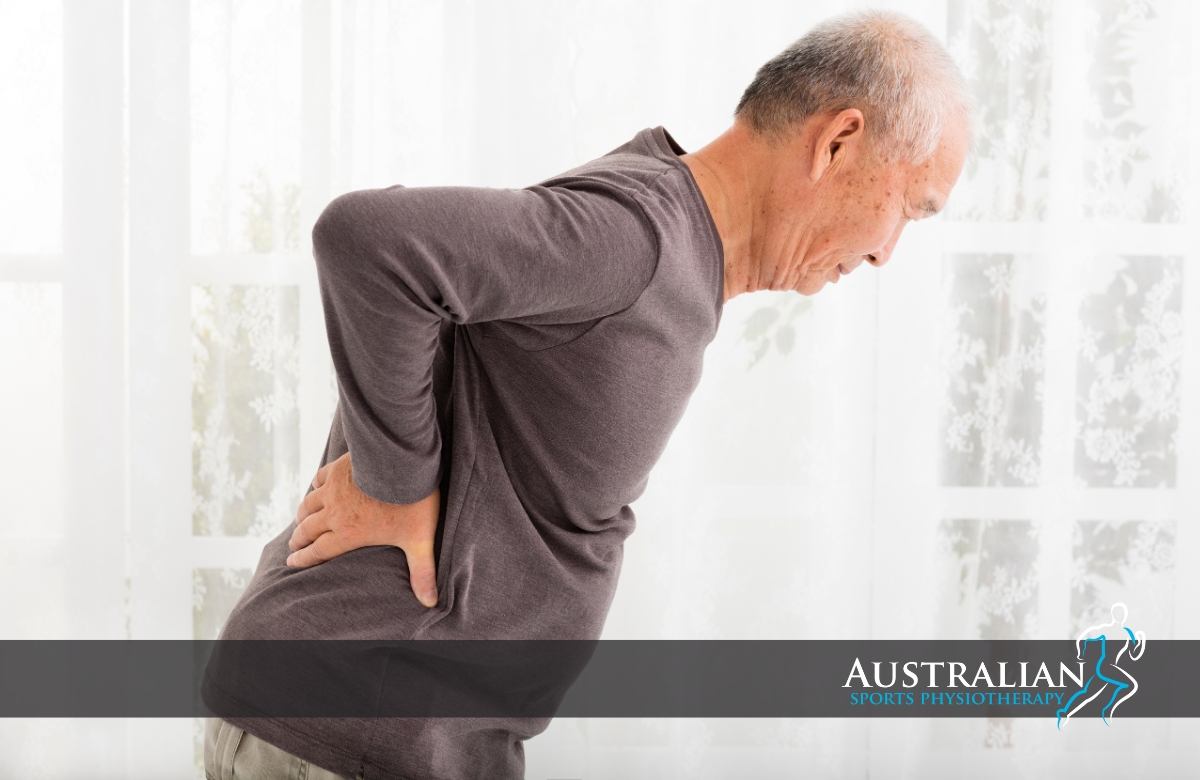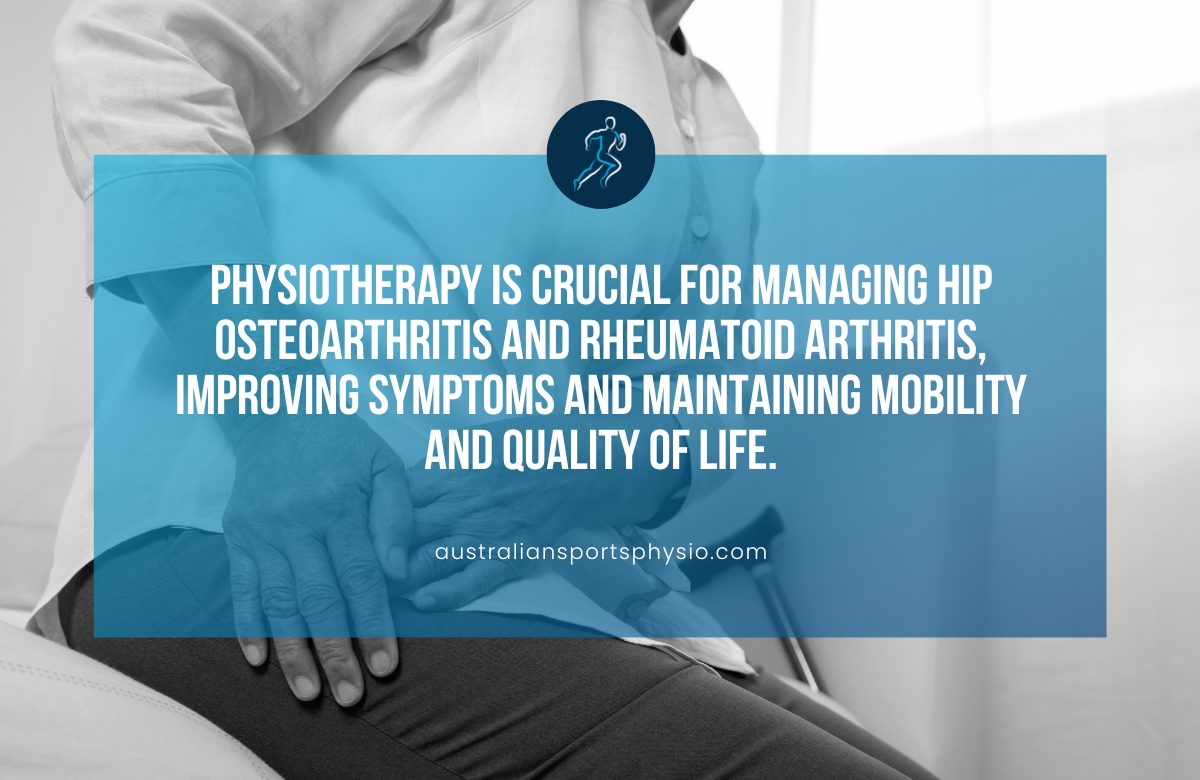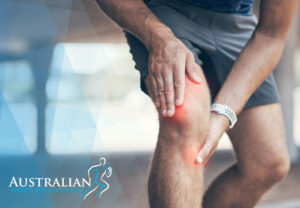Have you been experiencing hip pain and stiffness, but aren’t sure if it’s due to osteoarthritis or rheumatoid arthritis? Understanding the key differences between these two conditions can help you seek the right treatment and management plan.
Hip arthritis is a common condition that affects many individuals, especially as they age. Osteoarthritis and rheumatoid arthritis are two distinct forms of arthritis that can affect the hip joints, each with unique characteristics and treatment options.
Distinguishing between osteoarthritis and rheumatoid arthritis of the hip joints is crucial for proper diagnosis and management. By understanding the key factors that differentiate these conditions, you can take proactive steps to manage your hip pain and improve your quality of life.
Types of arthritis that affect the hip joint
Five primary types of arthritis can damage the hip joint, namely:
- Osteoarthritis
- Rheumatoid arthritis
- Ankylosing spondylitis
- Systemic lupus erythematosus
- Psoriatic arthritis
There is no cure for arthritis, but treatments are available to alleviate pain and other symptoms.
Osteoarthritis of the hip joint
The most prevalent type of arthritis is osteoarthritis, which means “arthritis of the bone”. It is frequently described as the result of joint wear and tear, which explains why it is more common in the elderly than in younger people.
The hip joint is made up of the ball-shaped end of the thigh bone (femoral head), which fits into an acetabular socket. The inside of this ball-and-socket joint is lined with smooth cartilage, which allows it to move smoothly.
If the smooth cartilage wears away, the remaining rough surfaces of the ball and socket will grind against each other, creating pain. Osteoarthritis can cause degeneration or irreversible joint injuries.
Common risk factors of osteoarthritis of the hip
- Structural problems with the hip joint (hip dysplasia, femoroacetabular impingement)
- Growing older
- Obesity
- Previously damaged or injured hip.
Osteoarthritis can, however, occur in people without these risk factors.
Rheumatoid arthritis of the hip joint
Rheumatoid arthritis is a systemic illness, meaning it affects the entire body rather than just the hip joint. The inflammation is due to an immune system response rather than wear and tear.
The hip joint, like all joints in the body, is protected by a unique capsule that fully surrounds it. This capsule has a unique lining (the synovial lining) and is filled with lubricant (joint fluid), which allows the joint to move smoothly.
Rheumatoid arthritis usually causes swelling of the synovial lining. Rheumatoid arthritis causes discomfort and swelling, but it might gradually damage the joint’s bone and cartilage.
The key differences between osteoarthritis and rheumatoid arthritis of the hip joint
- Osteoarthritis
Cause: Wear and tear on the joint cartilage
Symptoms: Pain, stiffness, swelling (usually worse after use)
Affected joints: Usually affects one hip, but can affect both
Morning onset: Less than 30 minutes
- Rheumatoid arthritis
Cause: Autoimmune disease
Symptoms: Pain, stiffness, swelling (worse in the morning and after inactivity), fatigue, fever, loss of appetite
Affected joints: Often affects multiple joints symmetrically (e.g., both hips at the same time)
Morning onset: More than 1 hour
Physiotherapy treatment for osteoarthritis and rheumatoid arthritis of the hip joint
Physiotherapy plays a crucial role in managing both osteoarthritis and rheumatoid arthritis of the hip joint, but the specific treatment approaches differ due to the underlying cause of each condition.
Physiotherapy treatment for osteoarthritis
- Focuses on pain relief, improving joint function, and maintaining mobility.
Physiotherapists may use:
- Therapeutic exercises: Gentle stretches and strengthening exercises to improve flexibility, range of motion, and muscle strength around the hip joint.
- Manual therapy: Techniques like massage and joint mobilisation to improve joint mobility and reduce pain.
- Education: Advice on weight management, proper posture, and using assistive devices like canes or walkers as required to reduce stress on the hip joint.
Physiotherapy treatment for rheumatoid arthritis
- Aims to manage inflammation, prevent joint damage, and maintain joint function.
Physiotherapists may use:
- Exercises: Similar to osteoarthritis treatment, but with a focus on low-impact exercises to minimise inflammation. Exercises may also target maintaining range of motion and preventing joint deformity.
- Manual therapy: Gentle techniques to manage pain and stiffness, but avoiding techniques that may aggravate inflammation.
- Modalities: Techniques like heat therapy or cold therapy to manage pain and inflammation.
- Patient education: Information about rheumatoid arthritis, medication management, and strategies to protect joints and manage fatigue.

Final thoughts
Understanding the difference between osteoarthritis and rheumatoid arthritis of the hip joints is crucial in determining the most effective treatment options.
Physiotherapy plays a key role in managing and improving the symptoms of both conditions, helping patients maintain mobility and quality of life.
By being proactive and seeking professional help, individuals can better manage their hip arthritis and live a more comfortable, active lifestyle. Remember, taking care of your joints now will pay off in the future!
Book an appointment with one of our experienced physiotherapists today for a comprehensive assessment and customised treatment plan.










